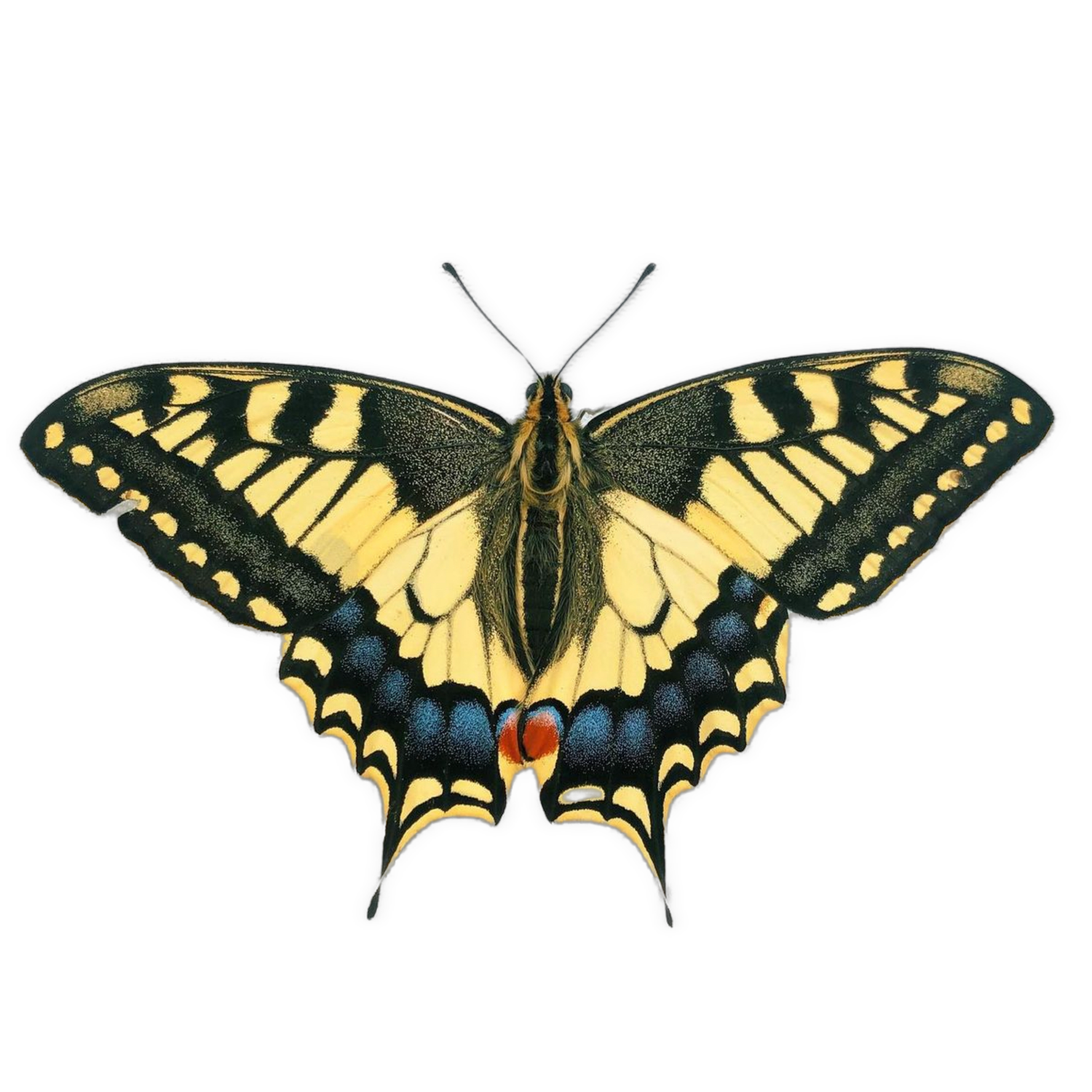Northern Pool Frog TADPOLES
Pool Frogs normally spawn in May or June, but note that in colder years this can be as late as July. Northern Clade Pool Frogs, Pelophylax lessonae, lineage from Sweden. Pelophylax lessonae, commonly known as the European pool frog, is a semi-aquatic amphibian native to large parts of Europe. These frogs are characterized by their vibrant green or brownish skin and prominent dorsal markings, which can vary geographically in pattern and coloration. They are well-adapted to aquatic habitats, often found in/around ponds, lakes, and slow-moving streams. Breeding takes place in the late spring and early summer, during warm weather (particularly if accompanied by rainstorms). Males are known for their distinctive mating calls. European pool frogs primarily feed on insects, small invertebrates, and occasionally smaller amphibians. Habitat loss through drainage of ancient marshlands in the UK led to its extinction here in the late 20th century. Reintroduction efforts involving Swedish animals since the early 2000’s have proved successful. Non-native southern clade pool frogs also occur across parts of the UK.
Pool Frogs normally spawn in May or June, but note that in colder years this can be as late as July. Northern Clade Pool Frogs, Pelophylax lessonae, lineage from Sweden. Pelophylax lessonae, commonly known as the European pool frog, is a semi-aquatic amphibian native to large parts of Europe. These frogs are characterized by their vibrant green or brownish skin and prominent dorsal markings, which can vary geographically in pattern and coloration. They are well-adapted to aquatic habitats, often found in/around ponds, lakes, and slow-moving streams. Breeding takes place in the late spring and early summer, during warm weather (particularly if accompanied by rainstorms). Males are known for their distinctive mating calls. European pool frogs primarily feed on insects, small invertebrates, and occasionally smaller amphibians. Habitat loss through drainage of ancient marshlands in the UK led to its extinction here in the late 20th century. Reintroduction efforts involving Swedish animals since the early 2000’s have proved successful. Non-native southern clade pool frogs also occur across parts of the UK.
Pool Frogs normally spawn in May or June, but note that in colder years this can be as late as July. Northern Clade Pool Frogs, Pelophylax lessonae, lineage from Sweden. Pelophylax lessonae, commonly known as the European pool frog, is a semi-aquatic amphibian native to large parts of Europe. These frogs are characterized by their vibrant green or brownish skin and prominent dorsal markings, which can vary geographically in pattern and coloration. They are well-adapted to aquatic habitats, often found in/around ponds, lakes, and slow-moving streams. Breeding takes place in the late spring and early summer, during warm weather (particularly if accompanied by rainstorms). Males are known for their distinctive mating calls. European pool frogs primarily feed on insects, small invertebrates, and occasionally smaller amphibians. Habitat loss through drainage of ancient marshlands in the UK led to its extinction here in the late 20th century. Reintroduction efforts involving Swedish animals since the early 2000’s have proved successful. Non-native southern clade pool frogs also occur across parts of the UK.






